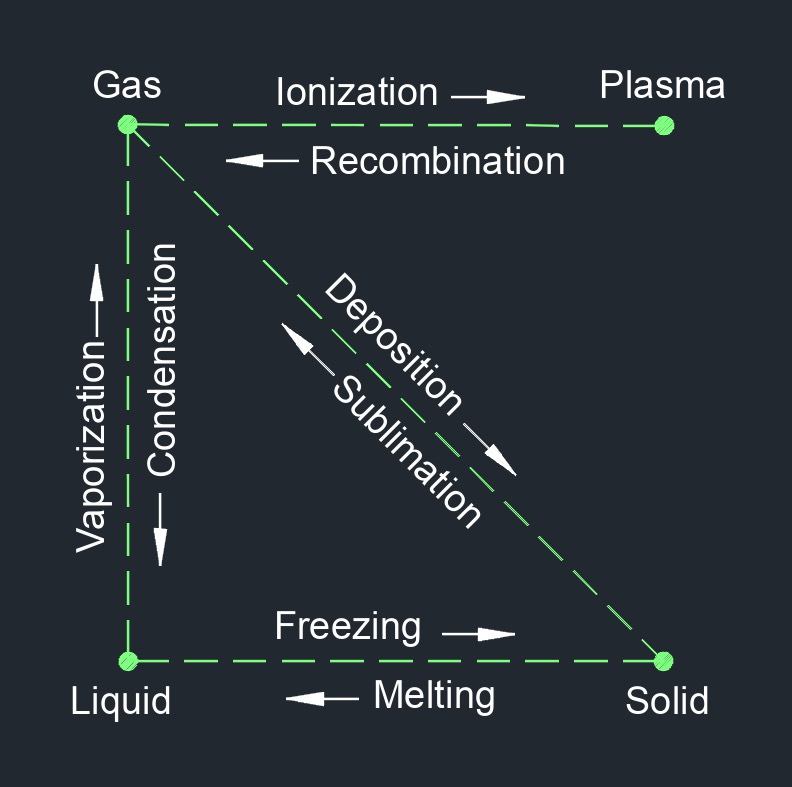Dry Steam
 Dry steam, no standard abbreviation, also called saturated steam, is steam that is devoid of water droplets and consists entirely of water vapor. It is a term commonly used in the context of steam generation and energy systems. In a steam generation process, water is heated to its boiling point, and as it absorbs heat energy, it undergoes a phase change from liquid to vapor, forming steam. Initially, the steam produced may contain small water droplets suspended within it, known as wet steam. However, as the steam continues to absorb heat, the water droplets evaporate, resulting in the formation of dry steam.
Dry steam, no standard abbreviation, also called saturated steam, is steam that is devoid of water droplets and consists entirely of water vapor. It is a term commonly used in the context of steam generation and energy systems. In a steam generation process, water is heated to its boiling point, and as it absorbs heat energy, it undergoes a phase change from liquid to vapor, forming steam. Initially, the steam produced may contain small water droplets suspended within it, known as wet steam. However, as the steam continues to absorb heat, the water droplets evaporate, resulting in the formation of dry steam.
Dry steam is desirable in many applications because it carries a higher amount of heat energy and has a higher temperature compared to wet steam. It is often used in steam turbines to generate mechanical or electric power, in industrial processes for heating or drying, and in some cleaning and sterilization applications.
The quality of steam, which indicates the dryness or wetness of the steam, is typically measured using a parameter called steam dryness fraction or steam quality. Steam dryness fraction is the ratio of the mass of dry steam to the total mass of steam (dry steam + water droplets). Dry steam has a dryness fraction of 1 or 100%. It is important to note that dry steam does not imply that the steam is completely devoid of moisture. Even in dry steam, there is a small amount of water vapor present, but it is in the form of a vapor phase without visible water droplets. Maintaining dry steam is crucial in steam based systems to ensure efficient heat transfer, prevent erosion or damage to equipment, and achieve the desired performance and reliability. Proper steam generation, control, and treatment techniques are employed to produce and maintain dry steam in various industrial and energy applications.

